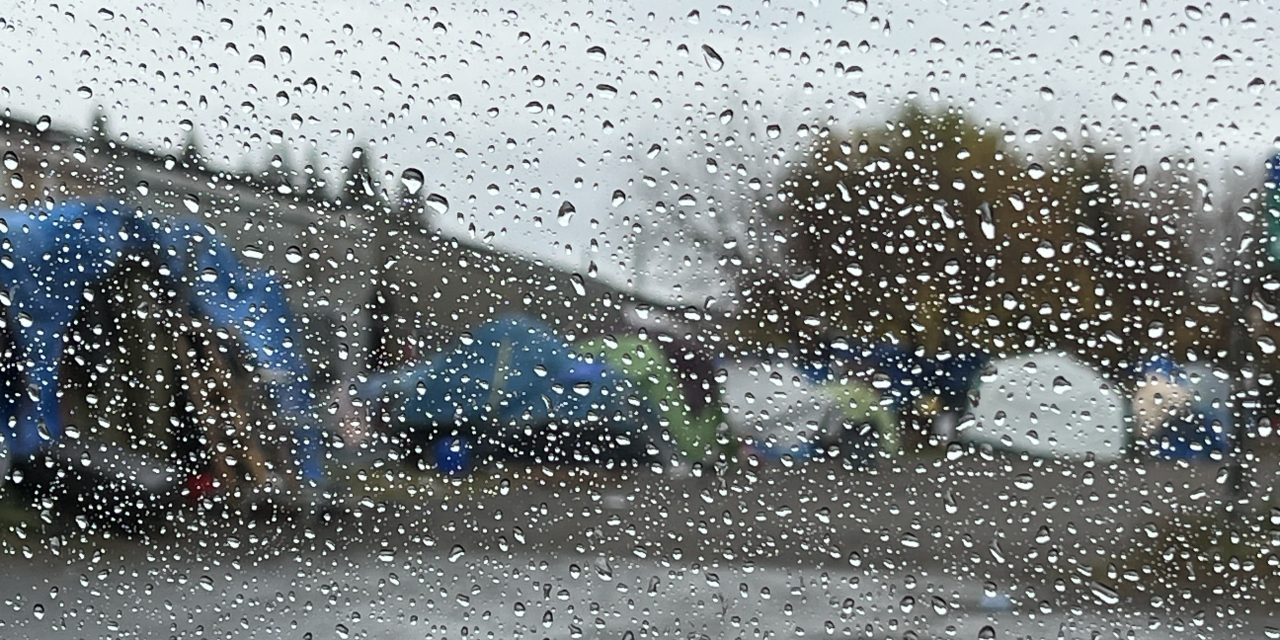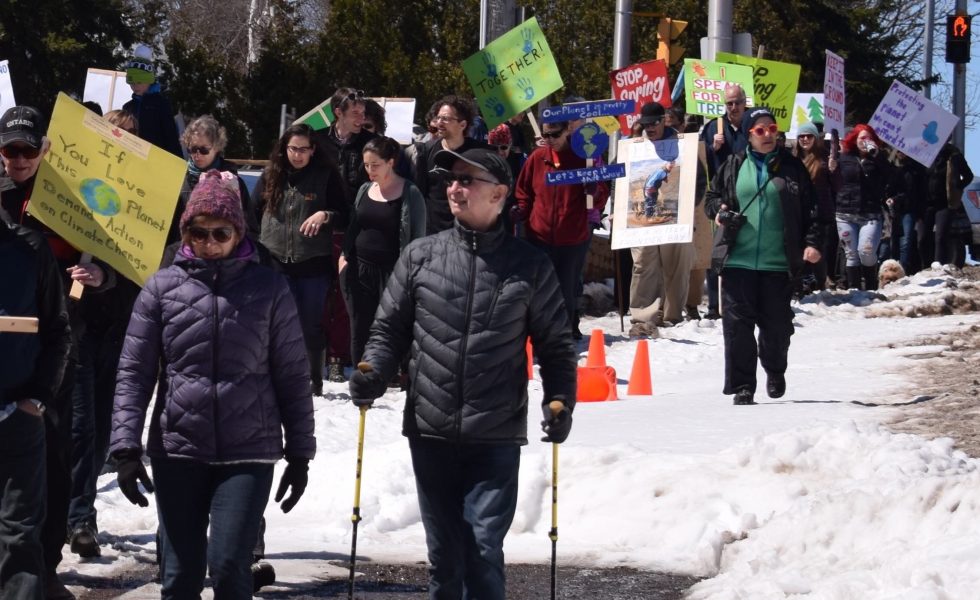Editorial and photo by Jon Thompson
“You can’t fool all of the people all of the time,” American humourist Will Rogers wrote during the Great Depression. “But it isn’t necessary.”
It wasn’t necessary to fool all the people when extreme poverty overflowed into homelessness a generation ago. The lie that nothing could be done married the lie that poverty was tough love for poor character and bad decisions. The bad decision was to redistribute our wealth to the morally deserving wealthy, which created this housing problem. And if we aren’t careful, that problem might become the solution.
It was Rogers who mocked the “trickle-down” trick in 1932. In doing so, he accidentally coined the term. “The money was all appropriated for the top in the hopes that it would trickle down to the needy,” he wrote. “Mr. [U.S. President Herbert] Hoover was an engineer. He knew that water trickles down. Put it uphill and let it go and it will reach the driest little spot. But he didn’t know that money trickled up. Give it to the people at the bottom and the people at the top will have it before night, anyhow. But it will at least have passed through the poor fellow’s hands.”
Even with Canada’s record wealth disparity and dead capital, prosperity raining benefits down on us still fills our policy imagination, like how pulling yourself up by the bootstraps was a joke about doing the impossible that came to mean its opposite. The London School of Economics undertook a famous study in 2020, analyzing 50 years of this policy across 18 wealthy countries. It found trickle-down economics had “no meaningful effect on unemployment or economic growth,” anywhere. Those feigning shock at the ballooning tent cities in our parks ought to know how we got here: zero units of social housing were built in this city between 1993 and 2017; the number of eligible Employment Insurance recipients is at an all-time low; minimum wage, welfare, and disability fell behind decades ago. Ontario is now tripling homelessness funding to Thunder Bay’s social services board and the senate’s eyeing an $85 billion basic income project, like the local pilot Ontario axed in 2018. But housing’s the main event because we let the boards rot through our entire social infrastructure, on purpose.
Distribution’s the problem, like all imagined scarcity. The theory that expanding the housing supply will bring costs down and make everyone upwardly mobile assumes we’re all sitting on money. That’s especially untrue for those who are used as symbols of this moment: the unhoused, seniors, or millennials trapped in the family basement. Who’s buying? Half of Thunder Bay households aren’t earning a living wage. Nearly two-thirds of Canadians are spending their entire paycheque and half of those are losing money while working. Income disparity is expanding at a record pace, cutting into the 2.7% of the wealth controlled by the bottom 40% of us. Left to the market’s own devices, existing concentrations of wealth will grow in a climate where investors have already bought up a fifth of Ontario’s housing stock. It would favour suburban sprawl and condominiums, which increase the rent.
Among property owners, Canadians carry the highest debt-to-income ratio among G7 countries. Canadian Mortgage and Housing Corporation says the $1.85 in debt to each dollar we earn is “almost entirely” mortgage-related. If interest rates stay high, we risk dispossessing low-income homeowners, putting downward pressure on rental mobility, and pushing the bottom rungs out in the cold, literally.
Call it trickle-down housing.
There might be another way. As early as this month, Thunder Bay could hear from Canada on as much as $45 million in game-changing subsidies. City council could design an inside track for those wealth concentrations that won’t hijack the big picture. The rising trend of non-profit organizations could meet co-operative housing models like Castlegreen. Post-secondary institutions might consider housing as growth investments. First Nations organizations could mobilize around a funding formula that incentivizes new builds for Indigenous people. That formula also stimulates infill along transit lines, which could drive affordable renovations of existing homes and businesses. That would employ small-scale contractors, taking pressure off the single corporation that’s building almost all local housing this year.
But these decisions mostly won’t be made by our 13-member elected council. Ontario has granted Mayor Ken Boshcoff “strong mayor” powers, ostensibly accelerating housing development through narrowing council approval on nearly anything the mayor believes to be a provincial priority, while enabling him to sack city staff. Council symbolically voted 8-4 against sacrificing their input to qualify for $1.5 to $1.8 million over three years, if Thunder Bay builds housing targets that administration’s already meeting without this charade.
It’s become unnecessary to fool half the people all of the time. Call it trickle-down democracy—and pray for rain.














